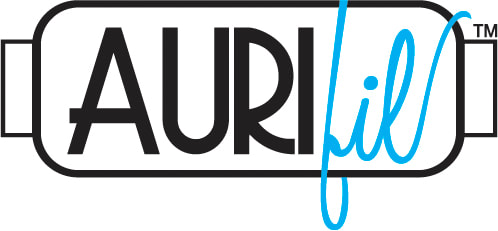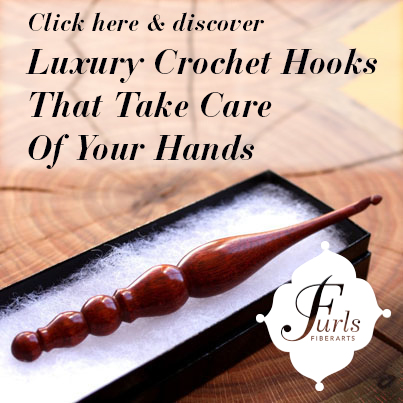|
Technique How to Wet Block Crochet and Knit Fabrics by Soaking By that definition ALL blocking is wet blocking since all blocking involves the introduction of water into the fibers used to create the crochet or knit fabric. Attempting to block your fabrics without any type of moisture is only going to pull and stretch your stitches out of shape and will not result in an evenly blocked finished piece. Introducing water into your fabrics is the all-important first step of blocking. Specifically, for today's tutorial, we are going to be covering the steps for soaking your fabrics for blocking.
To Work Today's Tutorial Here's a list of materials we used to make today's tutorial. Water Container to hold the water Absorbent towel Yup… this is an easy one! Break It Down There are two keys to Soaking crochet and knit fabrics for blocking: 1. Knowing When 2. Knowing How 1. Knowing When Knowing when to use what method of blocking is really the key to pain-free and successful blocking. For our purposes today, we are looking at when you should really use soaking as a first step in blocking your crochet and knitting fabrics. Soaking is the most intense way to introduce water into your fabrics since you are completely immersing the piece into water and allowing the fibers time to absorb the water and bloom. We have used this term "bloom" before in our blocking post about how to use fingers, pins, wires, and string to actually shape crochet and knit pieces during blocking. We consulted with fiber expert Beth Smith, author of The Spinner's Book of Fleece about what bloom means and how it applies to wool fibers. If you haven't caught that post yet, be sure to go back and read through it by clicking on the link below. Go ahead… we'll wait… Four Techniques For How To Block Your Crochet and Knit Fabrics Oh good… you're back!
So WHEN is it best to soak your fibers? Whenever you have a fabric made from fibers that respond well to being completely and thoroughly wet before being shaped. Also, whenever the stitches you use in combination with those fibers respond well to being completely and thoroughly wet before being set into place. Ah… so there's the key… the type of fibers used along with the stitches used to create the finished fabric really dictates when soaking is appropriate. To put into print a list of "Always Soak This" and "Never Soak That" would be a HUGE disservice so we won't. There are simply too many fiber and stitch combinations to put together a comprehensive list of which fabrics to soak. That said, here are some general guidelines to keep in mind when deciding whether to use soaking as the method for introducing water to start the blocking process. Wool loves to be soaked. That said, wool might love it but YOU might not love what happens to wool when it is soaked. Saturating wool fibers with water is a sure way to produce the bloom in wool. This way, you know exactly what you are getting into ahead of time. In some cases, a full bloom on your wool yarn might partially or completely obliterate an intricate lace pattern. In this case, we would recommend stepping away from the wool entirely and choosing a yarn with a blend more appropriate to showing off that intense lace pattern.
Acrylic or artificially produced fibers aren't so hot on being soaked. Artificially produced fibers are made up of processed materials that don't have a natural resting state like wool to produce a bloom. What they do have are these microscopic pores that are akin to little plastic bowls all over them. Pour water into a plastic bowl then turn that bowl over… what happens? The water runs out and the plastic bowl doesn't stay wet for very long afterward because the water doesn't penetrate beyond the surface of the bowl or all of our plastic storage containers would melt into mush when we put away last night's stew. We get about the same result when it comes to artificially produced fibers. While these yarns are sturdy (perfect for outerwear, active wear, and kid's clothes and toys), last FOR-EH-VAR (they make great family heirlooms), and are SO easy to clean (again, active wear and kid's clothes) they can be a challenge to block. SSSSSTEAM HEAT is how we conquer that challenge. More on steam in another post later…
Plant fibers LOVE water! Think about it for a minute… plants… water… Those little cells that make up plant fibers are just waiting for the opportunity to do the one thing they are specifically made for: to soak up water! Again, this might be what plant fibers love but YOU might not love the results. Generally, we have found that completely soaking plant fibers results in heavy, dense fabric that is difficult to pull into place evenly. To the extreme point, untreated plant fibers will even begin to disintegrate if left in water too long. Without a preserving process the materials that make up the cell walls of plant fibers are made to naturally break down in water. Again… extreme but… the more you know! There was a particular nightmare where a FAB linen/cotton blend yarn we were working with was not so FAB at all when we immersed the swatch into water. The fibers reacted like they were soaked in glue and the fabric was extremely difficult to block evenly and the end result was not a pretty sight. FYI, we found steaming this same linen/cotton blend yarn produced heavenly results because we could control the amount of water more easily and the heat… well… that's for another post… come back later for SSSSTEAM HEAT.
Exotic fibers and blends… well… they can be a real mystery because you can have blends of wool and plant or plant and acrylic or wool and acrylic or there could be fibers that you've never heard of before made from the remains of a meteor that fell to earth sometime right after the Neanderthal started using pointy rocks for hunting. The best thing to do in this case is check the manufacturer's label to see what they recommend for care and, as always, swatch and test the swatch.
So, to be sure about when it is best to block by completely soaking your fabrics, go through this easy checklist: 1. Consider the content of the fibers that make up the yarn and how the make up of those fibers might make them react to full on saturation in water. 2. Swatch and test the swatch to see what works best. This might involve a few test swatches but it is better to test swatch than to ruin a finished garment that took you months and a few hundred dollars worth of yarn to complete. 3. What does the manufacturer's label say about care of the yarn? While a lot of yarn labels are sorely lacking in care instructions, some might give you an indication as to handling of the finished project in regards to heat tolerance, water friendliness, or washing directions. If you are lucky enough to have a thoroughly considered care label on your yarn, use that as an indicator for your decision. 2. Knowing How The best thing about soaking to block your crochet and knit fabrics is that it is the most readily accessible form of introducing water. Basically, all you need is a water supply, a sink or tub or other clean container large enough to hold your project, and a towel or two. Nothing else to buy and no specialized tools… easy peasy! So let's gather our tools and get down to it! For our demo we are using a swatch of two crochet motifs.
Two keys here: 1. Clean; 2. Large Enough 1. Clean – please do yourself a favor and use a container that is completely and thoroughly clean. Any soap residue, like in a bathtub or sink, could mean bad things for your more delicate fibers. Likewise, you don't want to use a container that once held Aunt Mabel's leftover spaghetti because we all know THAT never truly leaves. 2. Large Enough – Use your best judgment to eyeball how big of a container you are going to need for the piece you are blocking… then give yourself a little more room. Keep in mind that some fibers will really grow when they are saturated with water so you might end up with something what looks more like a soufflé than a sweater.
The important thing here is to make sure the fabric is completely soaked through. We recommend checking back on your project every once in a while and GENTLY getting your hands on it to see how saturated it is. This might only take a half an hour or less or it could take a couple of hours. Give a section of the fabric a GENTLE squeeze between your fingers to see if the water has soaked in completely. When maximum saturation has occurred, remove the piece from the water and DO NOT WRING OR SQUEEZE TO REMOVE WATER from the piece. As always, it is important to use the right tools for the right job and that means…
For a garment or large piece, first, lay the first towel down; next, lay your piece to be blocked flat on the first towel; finally, lay the second towel on top of the piece. Yup… a little sandwich or lasagna… mmmm… lasagna… ahem… sorry about that. Must be lunch time…
If you have a particularly thirsty fabric, you might need to leave this roll to set for a few minutes to make sure all excess water is removed. Really though, it usually only takes a little GENTLE coaxing to rid the crochet or knit fabric of excess water. If your towel becomes too wet to actually wick away more water and your fabric still is soaking wet, you'll need to roll again with a fresh towel but, a good bath towel is usually plenty absorbent enough to do the job.
TAADAA!! A Final Word… or two… So there you have it! While there are many considerations BEFORE blocking begins, the actual process of blocking is simple and easy. As a matter of fact, once we've decided on HOW to actually proceed with blocking, the actual blocking itself is downright enjoyable because we get to see a beautiful piece of finished handmade crochet or knit fabric. And, when it comes to the part of blocking where you introduce water into the equation, soaking is the simplest because it requires very few tools all of which are readily found in most homes or hotel rooms… long story… another time… Thanks for dropping by for another Technique Tuesday! Our aim is to build the skillz of our FAB fiber community here on the web and it's always FAB to hear from you all that what we are doing is helping you and your fiber friends. Check back often or, better yet, click on that RSS Feed button over there in the right-hand column of the page you are on right now. That way you will always be up to date and never miss a thing! Stitch On! S&J Oh hey… before you go… Here are a few more pages we thought you might be interested in. Click on any of the photos below… enjoy! Come look us up on Facebook, Twitter, and Pinterest by clicking on one of these icons.
2 Comments
Katya garcia
3/3/2017 09:00:13 am
How a tshirt yarn? What should I use to keep the shape? Thanks
Reply
1/8/2018 12:12:16 pm
Great guide. Never heard about this blocking method and I will give it a try for sure. Thank you :)
Reply
Your comment will be posted after it is approved.
Leave a Reply. |
AuthorShannon and Jason Leave us a tip to help us do what we do!
Archives
May 2024
Categories
All
|
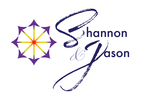

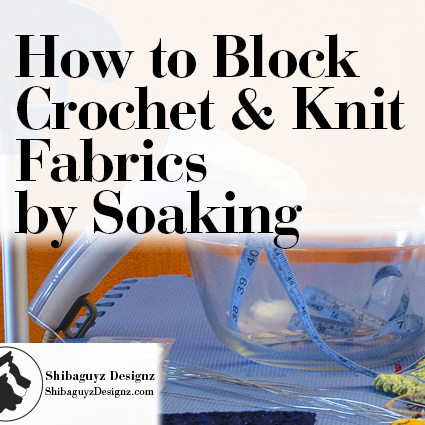
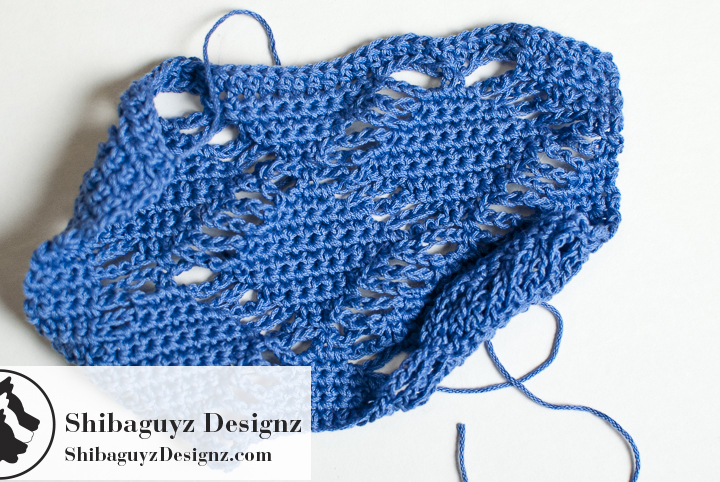
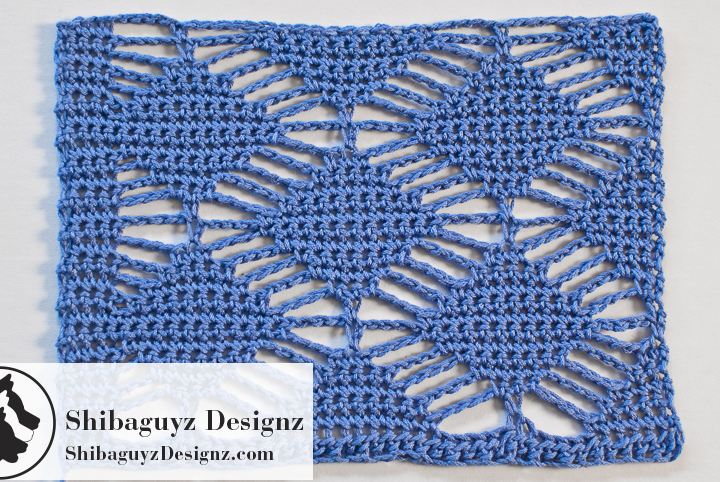








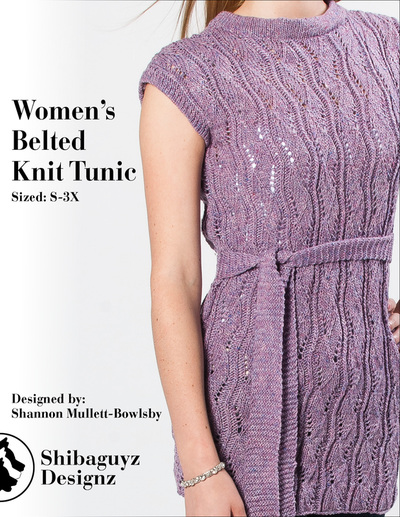
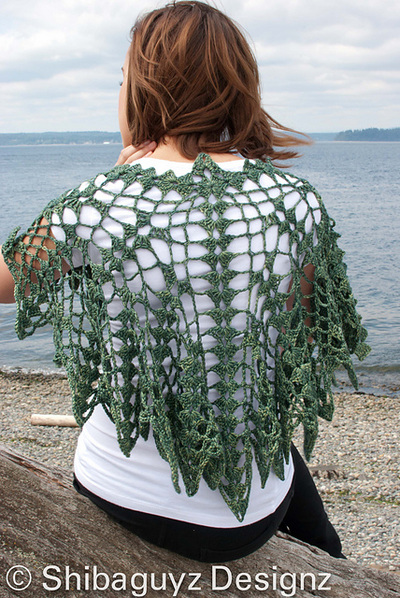
 RSS Feed
RSS Feed



